Q3 earnings season for cloud businesses is now behind us. The 63 companies that I’ll discuss here (which is not an exhaustive list, but is still comprehensive) all reported quarterly earnings sometime between October 25th – December 7th. In this post, I’ll take a data-driven approach in evaluating the overall group’s performance, and highlight individual standouts along the way. As a venture capitalist, I naturally cater my analysis through the lens of a private investor. Over my years as a VC, I’ve had the opportunity to meet with hundreds of entrepreneurs who are all building special companies. Through these interactions, I’ve built up mental benchmarks for metrics on which I place extra emphasis. My hope is that this analysis can provide startup entrepreneurs with a framework for how to manage their businesses around SaaS metrics (e.g., net retention and CAC payback).
Is Software Rebounding?
In the Q2 earnings recap 3 months ago, the theme was “Not Getting Worse, With Green Shoots Starting to Appear.” 3 months later, what happened to those green shoots? Unfortunately I don’t think those green shoots have really sprouted yet, but they have got a little stronger. Commentary from the cloud providers seems to be that the major macro headwinds around optimizations and new deal scrutiny have started to abate. This is the first quarter we’ve heard that message, and a good leading indicator for the rest of the software buying universe. If we look at the YoY growth in net new ARR added on a quarterly basis (this is calculated as net new ARR added in a quarter compared to the net new ARR added in the same quarter one year prior), we can see that it’s starting to pick back up (chart below)
However, Q3 last year was the first really tough quarter, so Q3 ‘23 was the first quarter where the year-over-year comparison has a depressed quarter in the denominator. So we’d expect the YoY growth rate to pick up in Q3 ‘23.
If we look at the aggregate net new ARR added on a quarterly basis of the basket of cloud software companies (excluding the hyperscalers), you’ll see that the aggregate net new ARR added in Q3 came in below Q2. There is some normal seasonality here (excluding the 2021 period). Overall I’d say the net new ARR trends paint more of a “definitely not getting worse, and on the brink of rebounding” picture.
Let’s get into some high level data. If we look at the percentage of companies beating Q3 consensus estimates it stayed at the depressed levels of ~90%. However, the median beat of consensus estimates ticked slightly down from 2.2% last quarter to 1.6% this quarter.
Of course, the above chart shows historical (ie lagging) data. What’s more interesting is the outlook - are companies giving us any hints that the macro pressures are abating? When we look at guidance for Q4 relative to consensus we’ll see things actually ticked down this quarter. 51% of companies guided above consensus (down from 56% last Q), and the median guidance beat was 0.0% this quarter vs 0.1% last quarter.
And with that let’s jump in to the Q3 ‘23 earnings recap.
Q3 Top Performers
If you don’t have time to read the rest of this article, here are the companies who I believe really stood out (from a financial perspective). They represent my “Q3 Top Performers.” This is not an indication of who I think will preform the strongest in the future, but a look-back on who preformed the best in Q3.
Q3 Revenue Relative to Consensus Estimates
Now let’s dive in to the financial results of Q3 starting with revenue. Beating consensus revenue estimates is the first aspect of a successful quarter. So what are these consensus estimates and who creates them? Every public company has a number of equity research analysts covering them who build their own forecasted models, which combine guidance from the company and their own research / sentiment analysis. The consensus estimates are the average of all the individual analysts’ projections. Generally when you hear “consensus estimates” it refers to revenue and earnings (EPS), but for the purpose of this analysis we’ll just be looking at revenue consensus estimates (as this is the metric these companies are valued off). For every public company the expectation is that they’ll beat consensus estimates, because companies often guide research analysts to the lower end of their internal projections. They do this to set themselves up to consistently beat estimates, demonstrating momentum.
As you can see from the data below most cloud businesses beat the consensus estimates for Q3
Historically, the median beat of consensus estimates is closer to ~4%. As you can see, the median beat this quarter was 1.6%. So we didn’t see big beats off of weak guidance from last quarter.
Next Quarter’s Guidance Relative to Consensus Estimates
Guiding above next quarter’s consensus revenue estimates is the second factor for a successful quarter. Generally, companies will give a guidance range (e.g., $95M -$100M), and the numbers I’m showing are the midpoint. Providing guidance that is greater than consensus estimates is a sign of improving business momentum, or confidence that the business will perform better than previously expected. The concept of guiding higher than expectations is considered a “raise.” When you hear the term “beat and raise” the beat refers to beating current quarter’s expectations (what we discussed in the previous section), and the raise is raising guidance for future quarters (generally it’s annual guidance, but for this analysis we’re just looking at the next quarter’s guidance).
This quarter was interesting as we saw a big difference between companies who ended their Q3 in September vs in October
Historically, the median guidance “raise” was in the 2-3% range. The last few quarters have all been quite low.
Growth
Demonstrating high growth is the third aspect of a successful quarter. This metric is more self-explanatory, so I won’t go into detail. The growth shown below is a year-over-year growth for reported quarters. The formula to calculate this is: (Q3 ’23 revenue) / (Q3 ’22 revenue) - 1.
FCF Margin
FCF is an important metric to evaluate in SaaS businesses. Profitability is often the big knock against them, however many generate more cash than you might imagine. I’m calculating FCF by taking the Operating Cash Flow and subtracting CapEx and Capitalized Software Costs. The big caveat in FCF – it adds back the non-cash expense of SBC. This is controversial, as it harms shareholder returns by increasing the number of shares outstanding over time (dilution). This matters a lot more when stock prices are going down, and management teams often grant additional shares to make employees whole (thus increasing dilution even more)
Net Revenue Retention
High net revenue retention is the fourth aspect of a successful quarter, and one of my favorite metrics to evaluate in private SaaS companies. It is calculated by taking the annual recurring revenue of a cohort of customers from 1 year ago, and comparing it to the current annual recurring revenue of that same set of customers (even if you experienced churn). In simpler terms — if you had 10 customers 1 year ago that were paying you $1M in aggregate annual recurring revenue, and today they are paying you $1.1M, your net revenue retention would be 110%. The reason I love this metric is because it really demonstrates how much customers love your product. A high net revenue retention implies that your customers are expanding the usage of your product (adding more seats / users / volume - upsells) or buying other products that you offer (cross-sells), at a higher rate than they are reducing spend (churn).
Here’s why this metric is so significant: It shows how fast you can grow your business annually without adding any new customers. As a public company with significant scale, it’s hard to grow quickly if you have to rely solely on new customers for that growth. At $200M+ ARR, the amount of new-logo ARR you need to add to grow 30%+ is significant. On the other hand, if your net revenue retention is 120%, you only need to grow new logo revenue 10% to be a “high growth” business.
I’ve looked at thousands of private companies, and over time have come up with benchmarks for best-in-class, good, and subpar net revenue retention. Not surprisingly, these benchmarks match up relatively well with the numbers public companies reported. I generally classify anything >130% as best in class, 115% — 130% as good, and anything less than 115% as subpar. For businesses selling predominantly to SMB customers, these benchmarks are all slightly lower given the higher-churn nature of SMBs. I consider >120% best in class for companies selling to SMBs (like Bill.com). Here’s the data from Q3:
We have seen net dollar retention start to trail off in the last couple quarters. The graph below shows the median net retention going back to 2020.
Sales Efficiency: Gross Margin Adjusted CAC Payback
Demonstrating the ability to efficiently acquire customers is the fifth aspect of a successful quarter. The metric used to measure this is my second-favorite SaaS metric (behind net revenue retention) : Gross Margin Adjusted CAC Payback. It’s a mouthful, but this metric is so important because it demonstrates how sustainable a company’s growth is. In theory, any growth rate is possible with an unlimited budget to hire AEs. However, if these AEs aren’t hitting quota and the OTE (base + commission) you’re paying them doesn’t justify the revenue they bring in, your business will burn through money. This is unsustainable. Because of the recurring nature of SaaS revenue, you can afford to have paybacks longer than 1 year. In fact, this is quite normal.
All that said, Gross Margin Adjusted CAC Payback is relatively simple to calculate. You divide the previous quarter’s S&M expense (fully burdened CAC) by the net new ARR added in the current quarter (new logo ARR + Expansion - Churn - Contraction) multiplied by the gross margin. You then multiply this by 12 to get the number of months it takes to pay back CAC.
(Previous Q S&M) / (Net New ARR x Gross Margin) x 12
A simpler way to calculate net new ARR is by taking the current quarter’s ARR and subtracting the ending ARR from one quarter prior. Similar to net revenue retention, I’ve built up benchmarks to evaluate private companies’ performance. I generally classify any payback <12 months as best in class, 12–24 months as good, and anything >24 months as subpar. The public company data for payback doesn’t match up as nicely with my benchmarks for net revenue retention. The primary reason for this is that public companies can afford to have longer paybacks. At $200M+ ARR, businesses have built up a substantial base of recurring revenue streams that have already paid back their initial CAC. Their ongoing revenue can “fund” new logo acquisition and allow the business to operate profitably at paybacks much larger than what private companies (with smaller ARR bases) can afford.
Most public companies don’t disclose ARR (and when they do, it’s often not the same definition of ARR as we use for private companies). Because of this we have to use an implied ARR metric. To calculate implied ARR I take the subscription revenue in a quarter and multiply it by 4. So for public companies the formula to calculate gross margin adjusted payback is:
[(Previous Q S&M) / ((Current Q Subscription Rev x 4) -(Previous Q Subscription Rev x 4)) x Gross Margin] x 12
Here’s the payback data from Q3. Not every company reports subscription revenue, so they’ve been left out of the analysis (or I’ve estimated their % subscription revenue). Some software companies also have seasonality in the “payback.” Because many companies don’t actually disclose ARR I’m calculating a swag of ARR based on subscription rev.
Change in 2024 Consensus Revenue Estimates
Tying all of these metrics together is another one of my favorites: the change in revenue consensus estimates for the 2024 calendar year. Heading into Q3 earnings, analysts had expectations for how each business would perform in 2024. After earnings, that perception either changed positively or negatively. It’s important to look at the magnitude of that change to see which companies appear to be on better paths. Analysts take in quite a bit of information into their future predictions — exec commentary on earnings calls, current quarter results, macro tailwinds / headwinds, etc., and how they adjust their 2024 estimates says a lot about whether the outlook for any given business improved or declined.
Change in Share Price
At the end of the day what investors care about is what happened to the stock after earnings were reported. The stock reaction alone doesn’t represent the strength of a company’s quarter, so the below data has to be viewed in tandem with everything discussed above. Oftentimes the buy-side expects a company to perform well (or poorly), and the company’s stock going into earnings already has these expectations baked in. In these situations the stock’s earnings reaction could be flat. However, it’s still a fun data point to track.
What I’ve shown below is the market-adjusted stock price reaction. This means I’ve removed any impact of broader market shifts to isolate the company’s earnings impact on the stock. As a hypothetical example: Let’s say a day after a company reported earnings their stock was up 4%. However the market that day (using the Nasdaq as a proxy) was up 1%. This implies that even without earnings that company would likely have been up 1%. To calculate the specific impact of earnings on the stock we need to strip out the broader market’s movement. To do this we simply subtract the market’s movement from the stock’s movement: (% Change in Stock) - (% Change in Nasdaq)
However, some of this data can be quite misleading. Many of the companies saw a big change in their stock prices leading up to earnings. Either a run up, or a draw down from market factors. In the below graph I’m looking at how the stock compared to 2 weeks prior to earnings. The data is below:
Wrapping Up
Here’s a summary of the key stats for each category we talked about, and how the “Big Winners” performed. Hopefully this provides a blueprint for every entrepreneur out there reading this post on how to preform as an elite public company.
The Data
The data for this post was sourced from public company filings, Wall Street Research and Pitchbook. If you’d like to explore the raw data I’ve included it below. Looking forward to providing more earnings summaries for future quarters! If you have any feedback on this post, or would like me to add additional companies / analysis to future earnings summaries, please let me know!
Sources used in this post include Bloomberg, Pitchbook and company filings
The information presented in this newsletter is the opinion of the author and does not necessarily reflect the view of any other person or entity, including Altimeter Capital Management, LP ("Altimeter"). The information provided is believed to be from reliable sources but no liability is accepted for any inaccuracies. This is for information purposes and should not be construed as an investment recommendation. Past performance is no guarantee of future performance. Altimeter is an investment adviser registered with the U.S. Securities and Exchange Commission. Registration does not imply a certain level of skill or training.
This post and the information presented are intended for informational purposes only. The views expressed herein are the author’s alone and do not constitute an offer to sell, or a recommendation to purchase, or a solicitation of an offer to buy, any security, nor a recommendation for any investment product or service. While certain information contained herein has been obtained from sources believed to be reliable, neither the author nor any of his employers or their affiliates have independently verified this information, and its accuracy and completeness cannot be guaranteed. Accordingly, no representation or warranty, express or implied, is made as to, and no reliance should be placed on, the fairness, accuracy, timeliness or completeness of this information. The author and all employers and their affiliated persons assume no liability for this information and no obligation to update the information or analysis contained herein in the future.

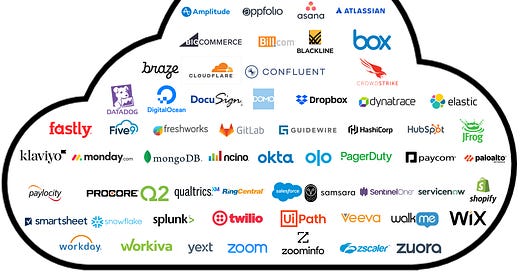



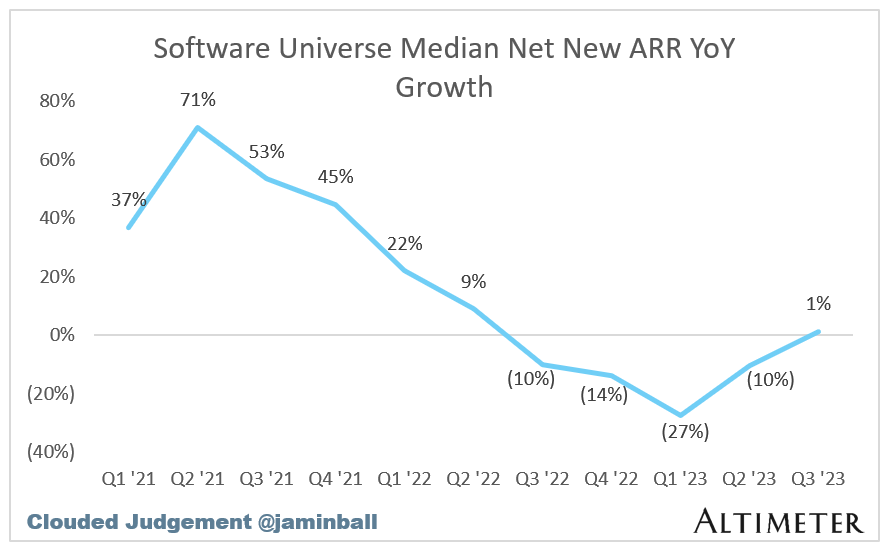
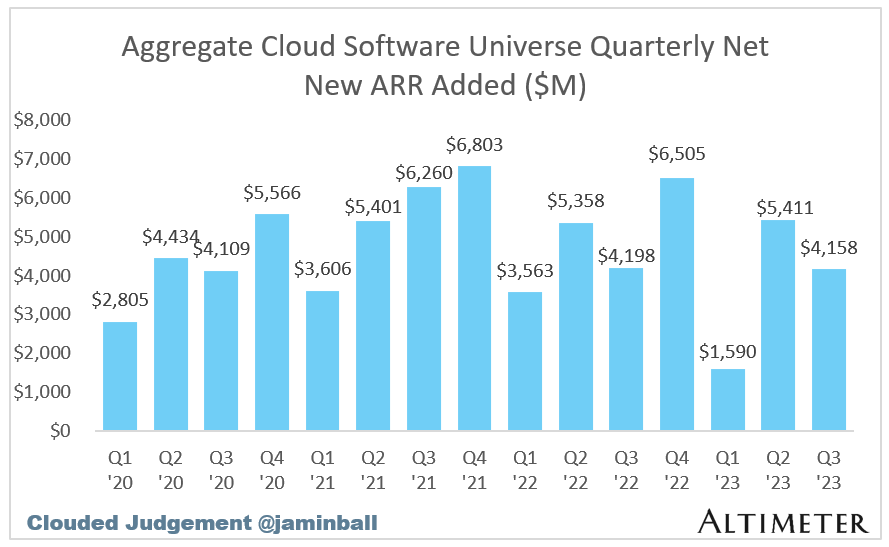



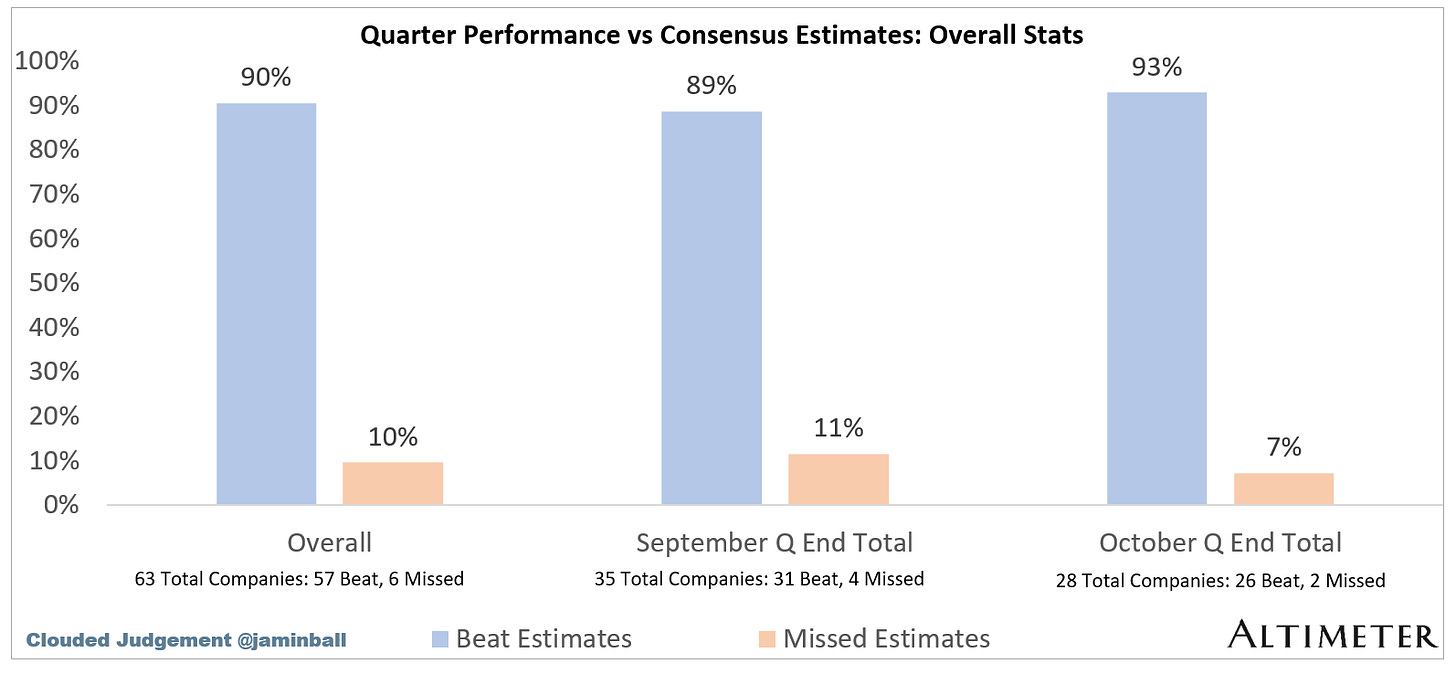
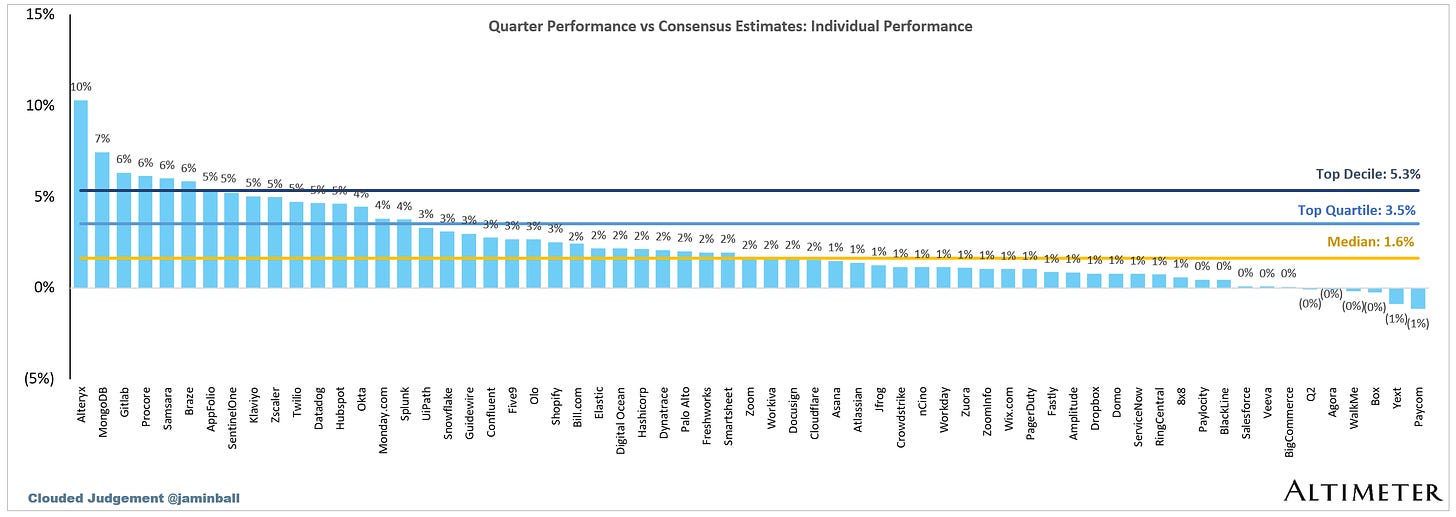
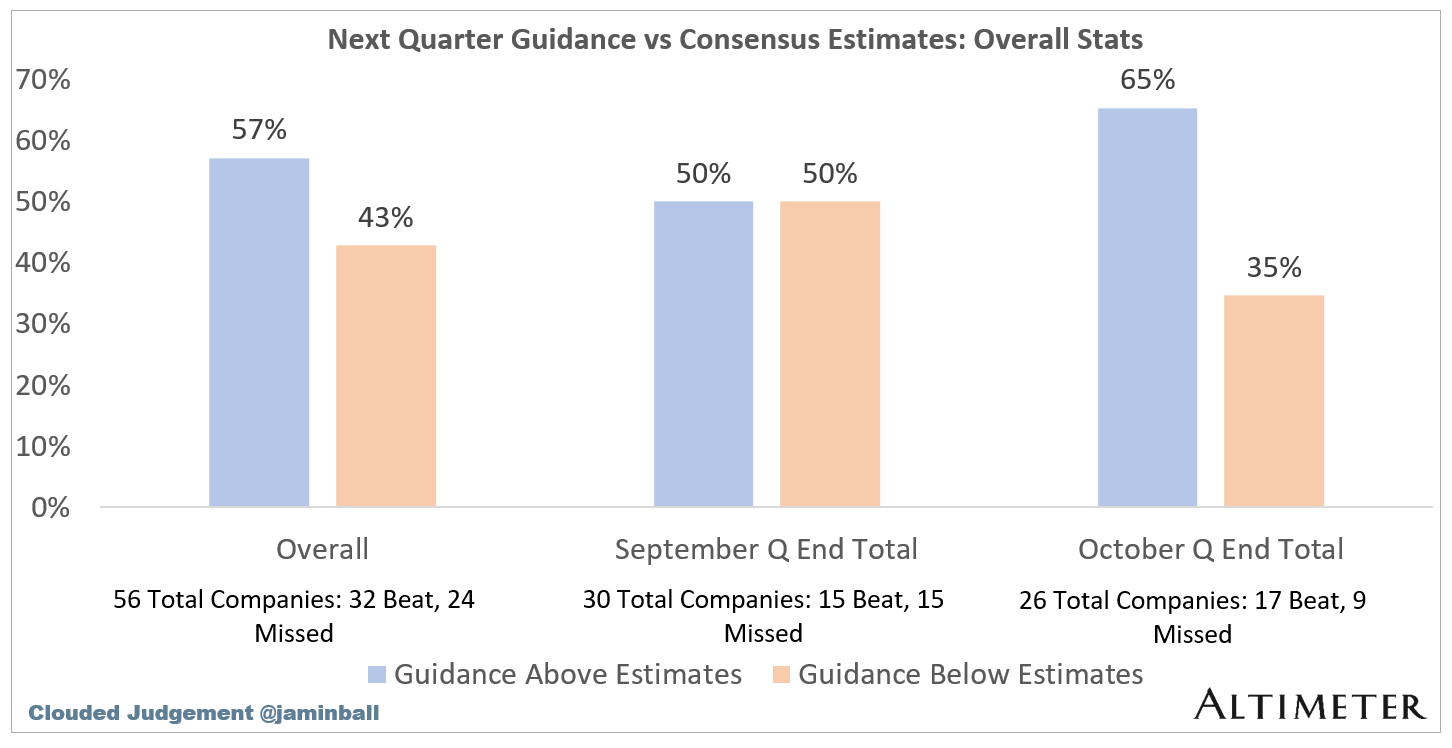
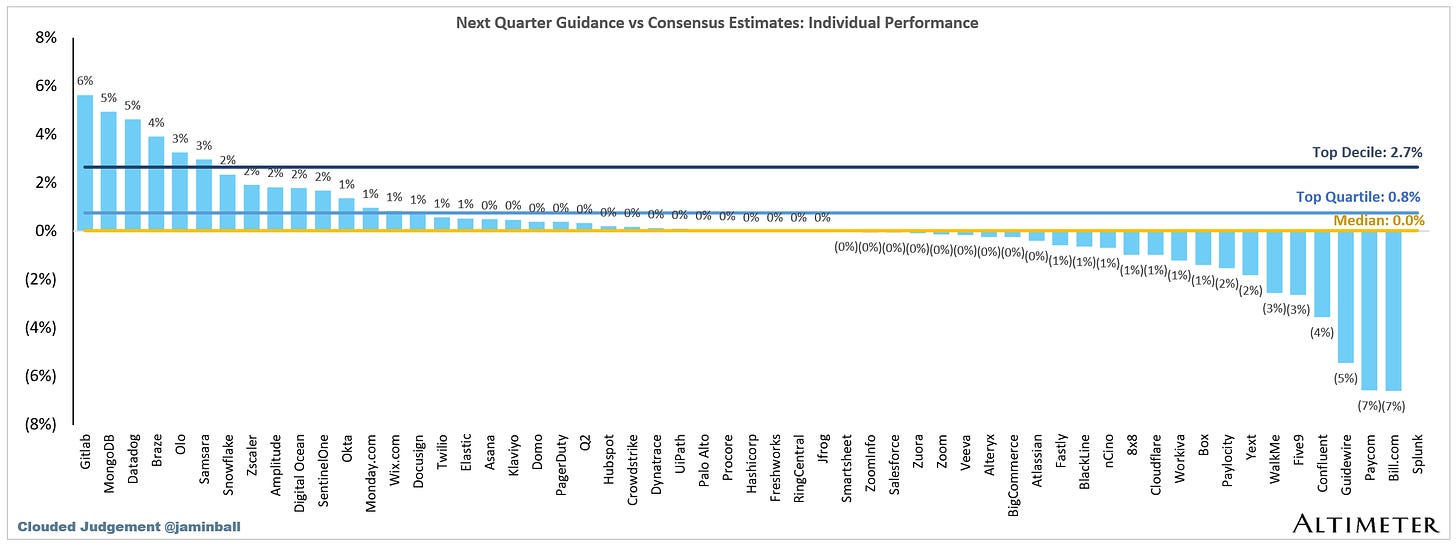

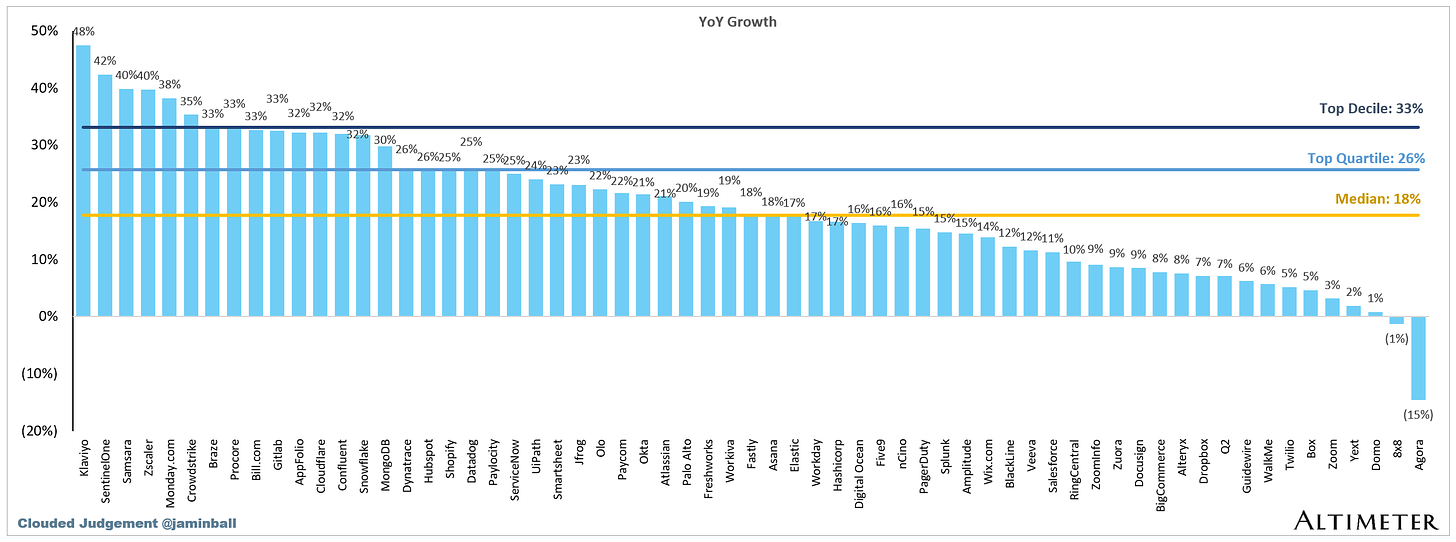


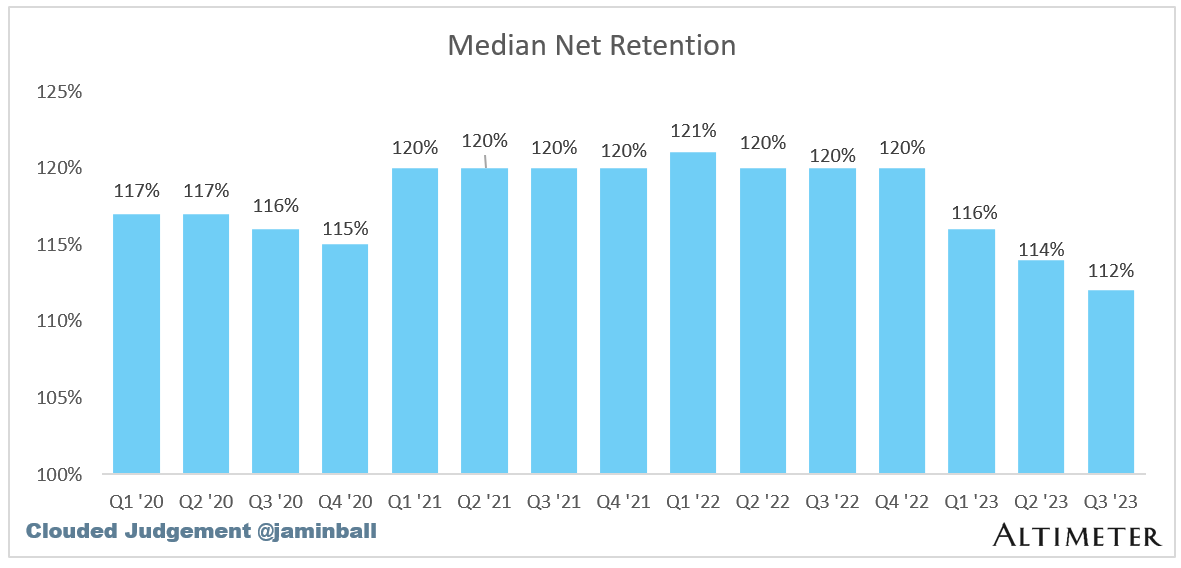


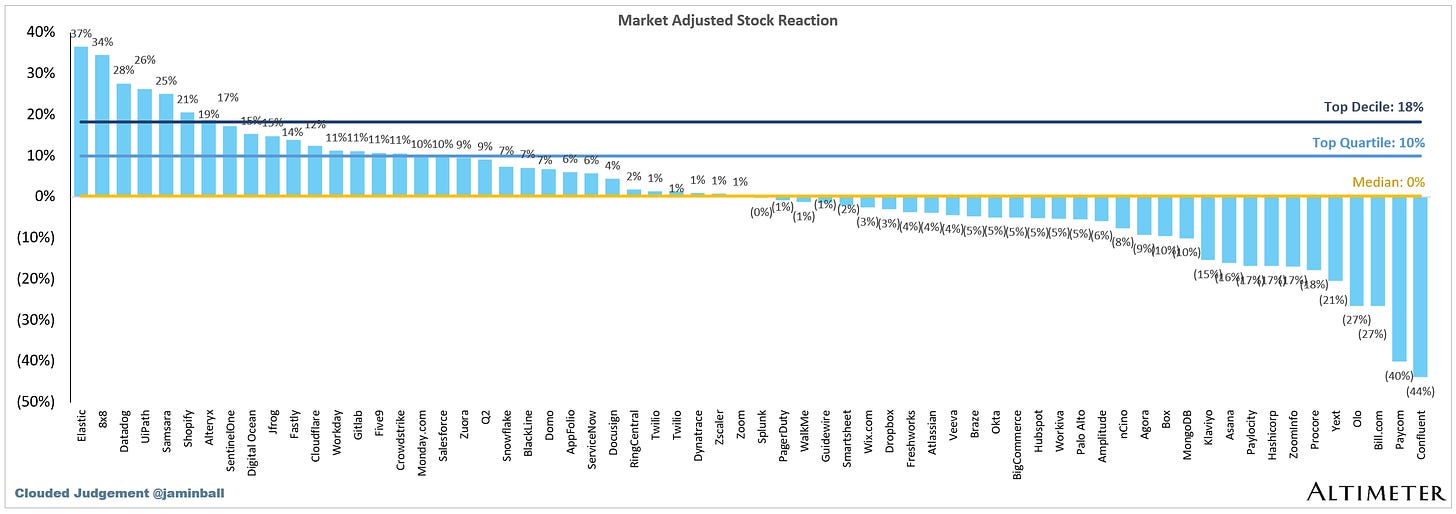
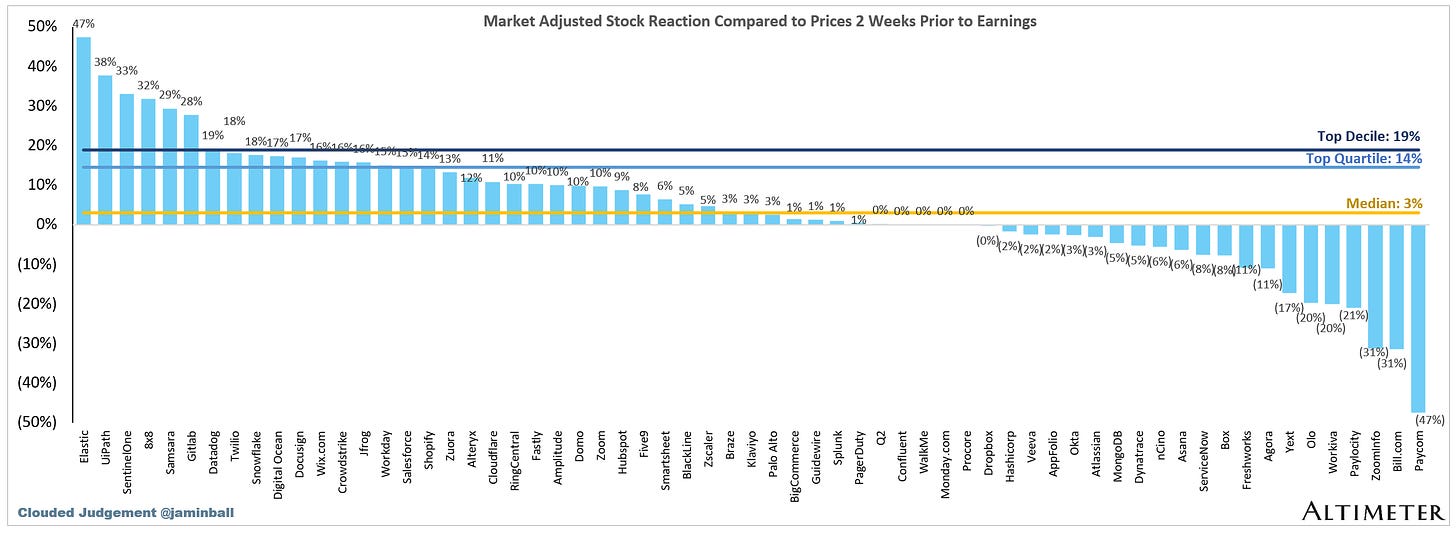

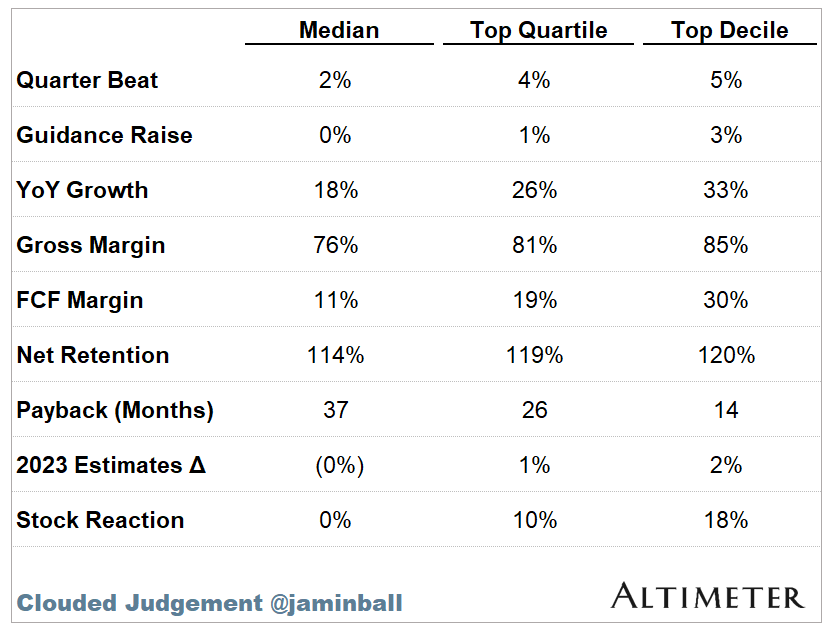

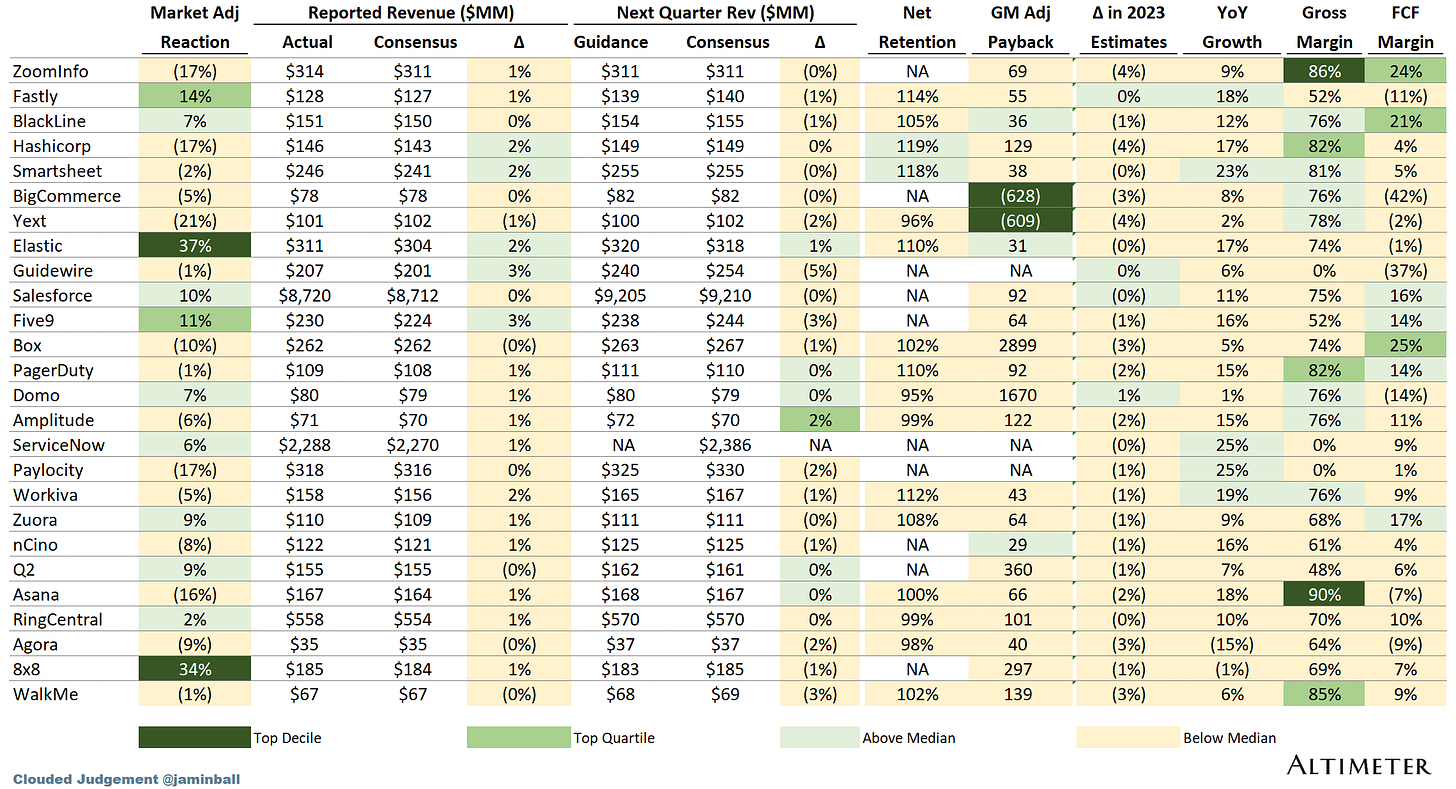
This is fantastic, like so much of your work. I can't get enough. So informative. Thank you for all the time you put into this!!
(Grace crystalline) advanced amd navidia prossesers "gpu cpu liqwido" strawbarry pi formating